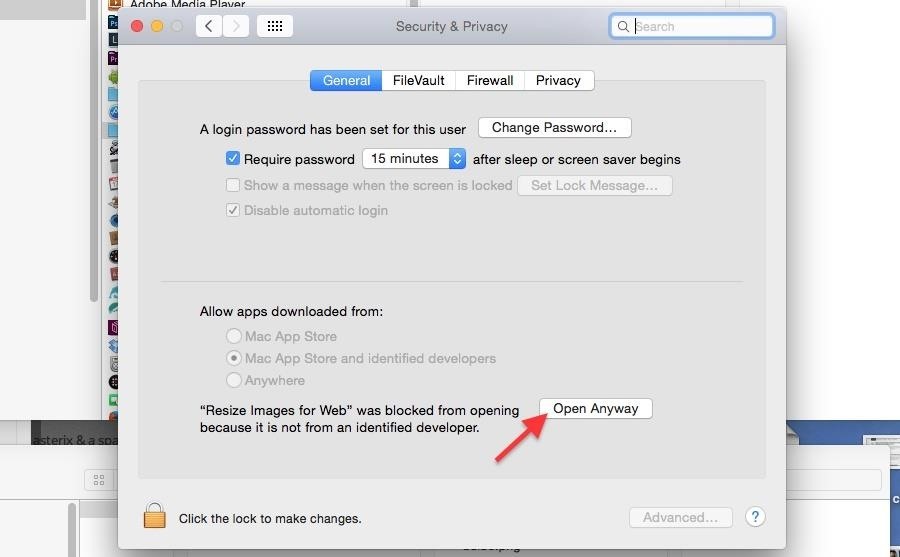Third-party cookies can be created when content is loaded from domains other than the one shown in the address bar. Some browsers allow users to decide whether or not the third-party cookies should be accepted. To configure your browser to allow third-party cookies, follow the. Apple “is discussing whether to let users choose third-party web browser and mail applications as their default options on Apple’s mobile devices, replacing the company’s Safari browser.

Enabling Third-Party Cookies on Web Browsers
Here’s how to change your Mac settings to allow apps from third-party locations: Open your Mac’s System Preferences. Click on Security & Privacy, then go to the General tab. On the bottom left, you’ll see a padlock icon.
Your browser must be configured to accept third-party cookies to avoid issues with accessing the ResOnline pages. Please follow the browser-specific instructions below to enable third-party cookies.
Microsoft Internet Explorer
To enable cookies in IE 7:
- Click Start > Control Panel. (Note: with Windows XP Classic View, click the Windows Start button > Settings > Control Panel).
- Double-click the Internet Options icon .
- Click the Privacy tab.
- Click the Advanced button.
- Select the option 'Override automatic cookie handling' under the Cookies section in the Advanced Privacy Settings window.
- Select the 'Accept' or 'Prompt' option under 'First-party Cookies.'
- Select the 'Accept' or 'Prompt' option under 'Third-party Cookies.' (Note: if you select the 'Prompt' option, you'll be prompted to click OK every time a website attempts to send you a cookie.)
- In the Internet Options window, click OK to exit.
Mozilla Firefox

To enable cookies in Mozilla Firefox 3.x (PC):

- Click Tools > Options.
- Click Privacy in the top panel.
- Select the checkbox labeled 'Accept cookies from sites.'
- Select the checkbox labeled 'Accept third-party cookies.'
- Click OK.
To enable cookies in Mozilla Firefox 2.x (PC):
- Click Tools > Options.
- Click Privacy in the top panel.
- Select the checkbox labeled 'Accept cookies from sites.'
- Click OK.
To enable cookies in Mozilla Firefox 1.x (PC):
- Click Tools > Options.
- Click Privacy in the top panel.
- Click the Cookies tab.
- Select the checkbox labeled 'Allow sites to set cookies.'
- Click OK.
To enable cookies in Mozilla Firefox (Mac):
- Go to the Firefox drop-down menu.
- Select Preferences.
- Click Privacy.
- Under Cookies, select the option 'Accept cookies from sites.'
Safari
To enable cookies in Safari (Mac):
- Go to the Safari drop-down menu.
- Select Preferences.
- Click Privacy in the top panel.
- Under 'Block cookies' select the option 'Never.'
- For increased security, once you have finished using the site, please change the Privacy setting back to Always.
To enable cookies in Safari (iPhone/iPad):
- Open your Settings.
- Scroll down and select Safari.
- Under Privacy & Security, select 'Block Cookies.'
- Select 'Always Allow.'
How To Allow Third Party Apps On Mac Safari Settings
Google Chrome
How To Allow Third Party Apps On Mac Safari Drive
To enable cookies in Google Chrome (PC):
- Select the Chrome menu icon .
- Select Settings.
- Near the bottom of the page, select Show advanced settings.
- In the 'Privacy' section, select Content settings.
- Select Allow local data to be set (recommended).
- Select Done.
To enable cookies in Google Chrome (Mac):
- Open Chrome preferences click on Settings, then Show Advanced Settings.
- Under Privacy, click on Content Settings.
- Make sure 'Block third-party cookies and site data' is not checked
- If your browser is not listed above, please refer to your browser's help pages.
To enable cookies in Google Chrome (Android):
- On your Android device, open the Chrome app .
- At the top right, tap More More and then Settings.
- Tap Site settings and then Cookies.
- Next to 'Cookies,' switch the setting on.
- To allow third-party cookies, check the box next to 'Allow third-party cookies.'
How To Allow Third Party Apps On Mac Safari Download
You may need to restart your browser to proceed.